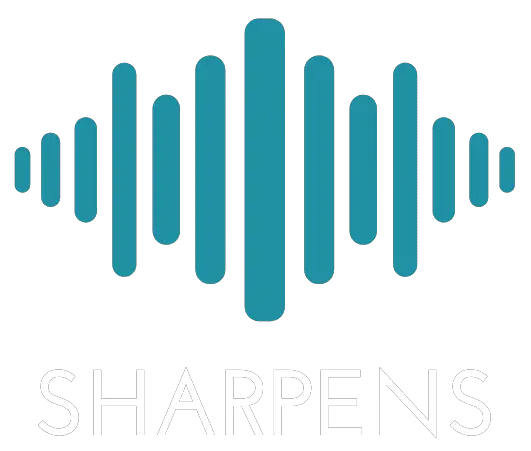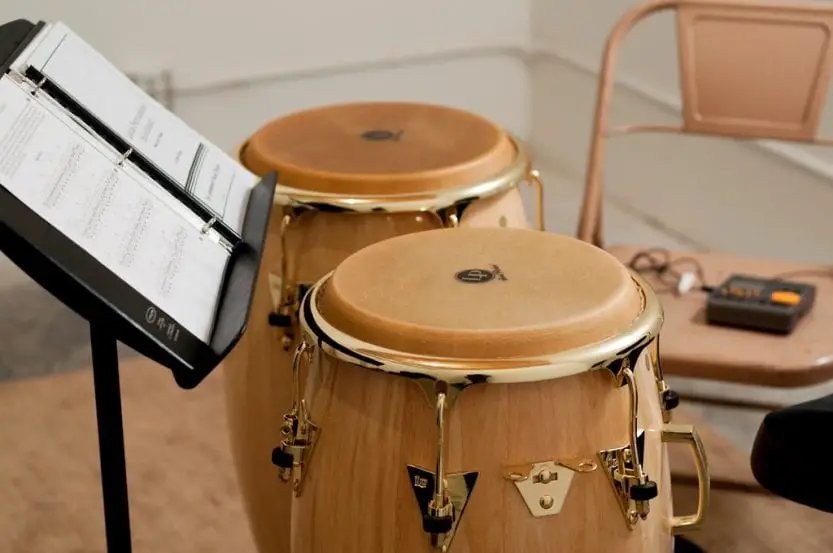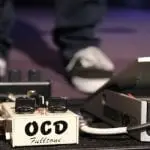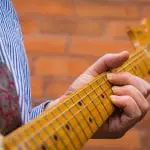Cha-cha-cha is described as a slow tempo with a steady 4/4 meter. It is the first type of tempo that drummers learn to create Latin music rhythms. It is also a beat that most beginner drummers and percussionists learn.
Cha-cha-cha drumming dates back many years, and learning the background of this amazing drumming style can help you learn the rhythms easily. It’s important to learn the History of cha-cha-cha music before you learn how to play the cha-cha-cha rhythm.
The History of cha-cha-cha music
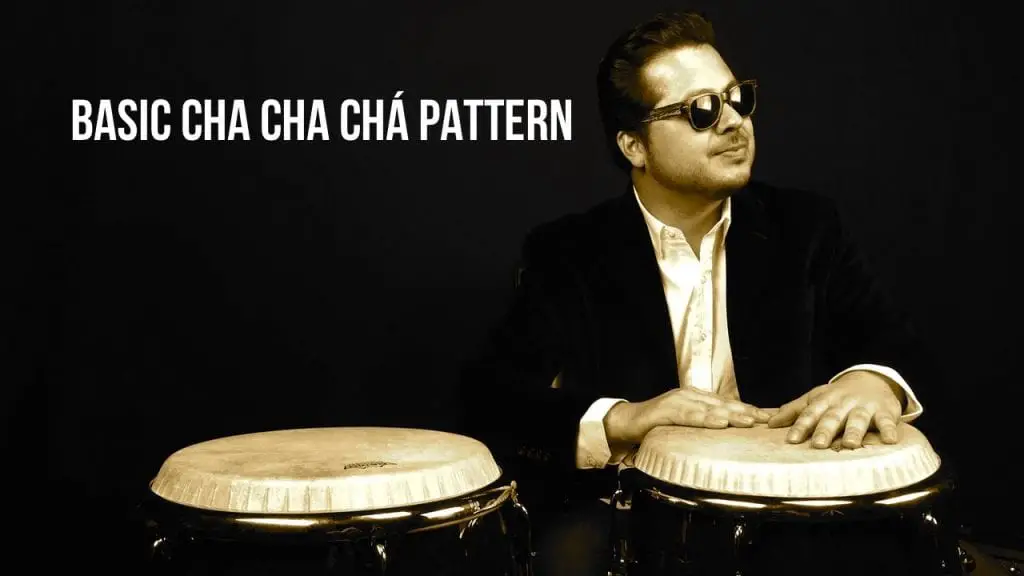
Before cha-cha-cha drumming, there was the danzon. It was the most popular drumming style in Cuba and was widely used in the middle of the 1800s. Danzon may have evolved from the Havana dance or the habanera, as evidenced by its beat and style.
Danzon music
Early samples of danzon music were played by orchestras with brass and woodwind instruments like the timpani. Later, the charanga emerged, which features an ensemble of flutes, violins, and timbal drums from Cuba. The charanga changed the danzon sound, and after this, the cha-cha-cha was born.
The earliest example of danzon music is the Las Alturas de Simpson created by Miguel Failde. The musician was a very prominent figure in danzon music and first performed his creation in Matanzas in 1879.
The clave is not present in danzon music; the baqueteo is a type of rhythm that suits the clave. Danzon music is performed to accommodate dancers. This music is often played for dancers and in a traditional version of the style. A typical timbales player would play the danzon this way:
The intro would be four bars in timbales with a stop at the fourth bar. The paseo is four bars of cinquillo rhythm and ends with a stop at beat 1 from the final bar. The first melody is 16 bars baqueteo and ends with arranged hits from the last one or two bars. The intro is reprised and then the paseo. The second melody has 16 bars baqueteo with varying melodies.
Charanga music
Danzon music was played using European classical instruments during its early years. This musical form used the flute, timpani, and trumpets to create the familiar beats. These instruments were a part of Spanish colonialism in the region, which ended in 1898 when the Spanish withdrew from Cuba.
Cuba established its own identity, which was free from any colonial rule, and thus, the rumba and son music started to flourish. Afterward, the danzon started to evolve, as well. Instead of the brass Orquesta tipica, charanga bands played the tunes. From the European timpani to the Cuban timbales, the instruments are now more familiar with local folks.
Danzon mambo
Before the cha-cha-cha, the Cuban mambo needs to be appreciated. Mambo is a style of music developed from Cuba, Mexico, and in New York in different periods. It is also a type of rhythm played using a cowbell in a salsa. It is also a melodic line created by brass instruments.
Cuban mambo was developed by Israel Cachao Lopez in 1930. Cachao spent hist time playing danzon and charanga, and it was with the Arcano y sus Maravillas that he stared making danzon-mambo music. This type of music started as a danzon but with a final section that emphasized Afron-Cuban tempo and syncopated phrases. This final section is known as the mambo.
The cha-cha-cha
The charanga ensemble and danzon-mambo were the perfect ingredients to create the cha-cha-cha. And in creating the cha-cha-cha, musician Enrique Jorrin was the most important in developing this new style.
A violinist and a musical composer, Jorrin developed the cha-cha-cha in the 1950s. Jorrin also worked with the band Arcano y sus Maravillas with danzon and danzon-mambo style music. In Orquesta America, he started creating the cha-cha-cha.
Jorrin paid close attention to the dancers who had difficulty following the band due to the syncopated style of mambo rhythms. He started creating music that has a simple rhythm to help dancers. His new style of music became popular as cha-cha-cha music.
The word cha-cha-cha is an onomatopoeia that imitates the sound of the dancers’ feet as these slide along the floor. One example of a classic cha-cha-cha is the La Enganadora with the percussion is very unsyncopated with the melodies with strong downbeats. The only syncopated instrument was the guitar or the piano in some versions. Because of the rhythmic simplicity of the music, it was easier for audiences outside Latin America to appreciate the tune. This made the cha-cha-cha very popular in the United States and many other countries.
After learning the History of the cha-cha-cha, it’s time to take a practical approach and learn how this music is played. The Cha-cha-cha is mainly played by a set of percussion instruments, and this will be discussed section per section.
The Charanga percussion section
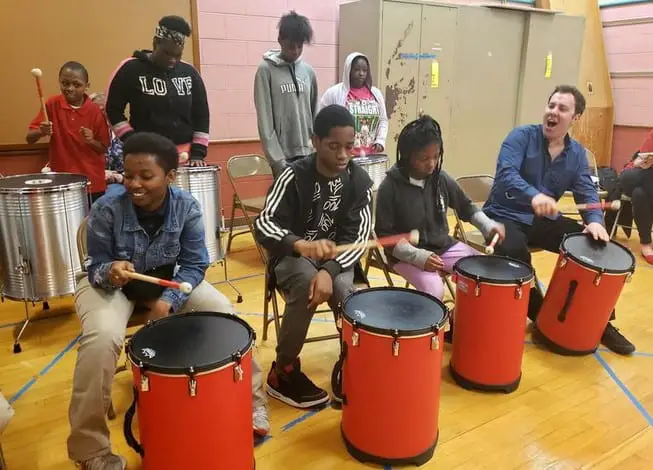
The Charanga percussion ensemble has the following instruments present:
- Guiro – the guiro is a traditional musical instrument made from a gourd. The vegetable is hollowed out, and grooves are carved on one side, and holes for holding the instruments are made on the other side.
The guiro is struck with a stick or a scrapper. The stick may be scrapped up and down, left to right, in a circular movement, or tapped on different sides of the guiro to produce a distinct sound. Nowadays, traditional guiro has been replaced with hard plastic instruments, even metallic guiros. The stick or scrapper has been upgraded to metal wires, glass sticks, and even marimba sticks. The most popular modern guiro makers are Meinl and LP.
- Congas – the conga is a very prominent percussion musical instrument played by tapping or striking the surface with the hand or wrist. Congas started with rumba music, and musicians had one conga drum each. In Cha-cha-cha music, the conga is played in pairs, so there is two drums percussionist. The two drums are held by a belt, and this allowed the musician to move as he plays. The two drums vary in size, with the larger one called a Tumba and the smaller one the conga.
- Timbales – another prominent percussion instrument is the timbales. This is a pair of single-headed shallow drums that are hit or tapped with wooden sticks like drumsticks. The timbales create a high-pitched sound that pierces the air, and this is sparingly used only for musical frills. A part of every timbales drum is the cowbell. This is another high-pitched percussion instrument that’s found on top of the timbales. The cowbell provides the steady high-pitched driving sound in Cha-cha-cha music. You might see Cha-cha-cha musicians on the streets with the timbales with the drums and the cowbell strapped to the timbal player so he can move freely about.
- Claves – the claves are a pair of thick sticks made of wood. This creates a high-pitched piercing sound that the timbales player creates while playing the Cha-cha-cha groove. Although this is not part of traditional Cha-cha-cha, a player or a singer may want to use it to add striking beats to the music.
Cha-cha-cha groove
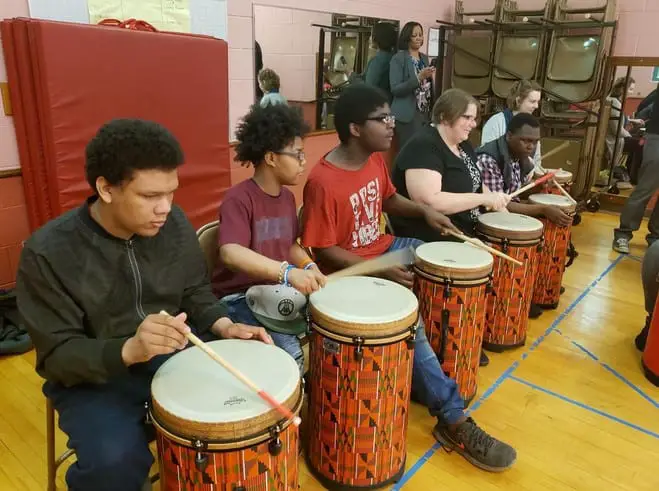
It’s time to understand the rhythms created by each of the percussion instruments that are part of the ensemble. Compared to the salsa, the Cha-cha-cha music is 4/4; therefore, it is slower with the emphasis on the quarter note beat.
So in Cha-cha-cha music, the guiro plays a sustained quarter note scrape, which is followed by two quick 8th note scrapes.
The conga march in Cha-cha-cha is quite similar to the salsa but with a slower tempo. This allows the player to improve the groove using syncopated accents.
The timbal player creates a continuous quarter note pulse using the high-pitched cowbell. The quarter notes may also be improved with ghost notes along with the 8th note. As the player maintains a steady quarter note, the timbalero might include tones with beats 2 and 4 to create a pressed tone as well as an open tone.
Cha-cha-cha strong structure
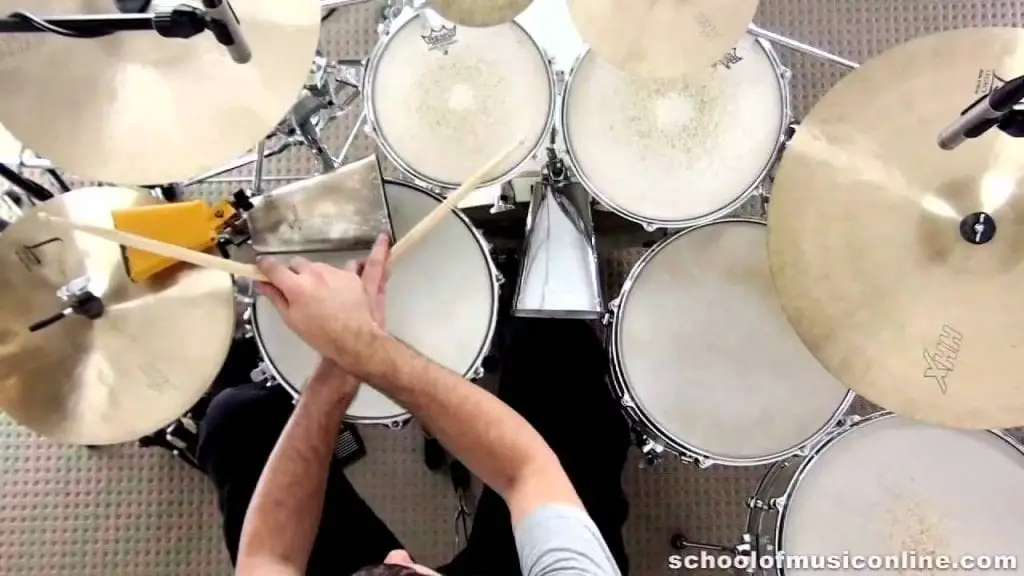
The Cha-cha-cha has a similar structure to the salsa, and thus learning the Cha-cha-cha is looking back at what the salsa song structure is about.
The salsa intro has a horn melody. This is often played using the violin or the flute, which aims to entice the audience to listen. Just like in salsa, Cha-cha-cha intro will end with the hit of the entire band, with every member playing a particular rhythm. It may also end with a beat 1 on the final bar and then leads to the song’s first verse.
The conga in the salsa tends to have a similar beat pattern throughout the Cha-cha-cha song. The guiro will play the same rhythm throughout the song. The only changes are when the entire band is playing their hits with which the guiro will also follow through.
The timbalero will hit the high-pitched cowbell to provide the characteristic shrill in Cha-cha-cha. The timbal player will fill to the hits or the stops to play the abanico, which is a stylistic timbal ending complete with a rimshot. After this exciting beat, the verse will follow. The band will play the hits at the end, and the timbales player will make the abanico to the verse.
The verse is when the singer starts to sing. Similar to a pop song, the singer starts to sing, but if horns play, this may be to enhance the harmony or to add counter melodies. The percussion section may interact with interesting rhythms at this point.
The chorus happens after the verse and will repeat before the song goes back to the verse. The verse and the chorus may be repeated several times, depending on the length of the song and before the singer proceeds to the next section in a Cha-cha-cha song.
The coro or the pregon is the main body of a Cha-cha-cha or salsa song and is in a 4 or 8-bar harmonic vamp as the song reaches this point and will repeat at this chord until the end of the song. The coro has catchy vocals with a refrain of the introduction. The coro also has catchy vocals that are usually sung by backup singers or the other instrumentalists. The pregon is comparable to rap but as quick where the singer does improvisations with the melodic content as well as the lyrics amid vocal phrases.
The mambo ensemble is played in the same harmony with the coro but has a repetitive melody. Solos may be provided by instrumentalists during cord changes provided by the pregon or coro.
The short coro as with salsa and Cha-cha-cha songs, this is the climax or the conclusion. It is often reduced to half the length minus the pregon. The short coro creates an intensity of the song as the musicians ready for the big ending.
The ending of a salsa and Cha-cha-cha song is a refrain of the intro. Usually, the end is a powerful part of the song with the band playing hits.
Cha-cha-cha on drums
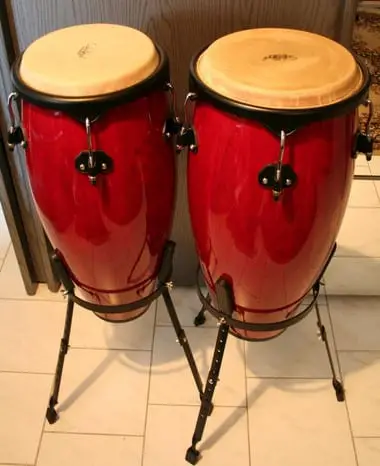
A drummer’s main role in playing Cha-cha-cha is approximating rhythms created by the charanga percussion ensemble.
In percussion, the conga with an open tone, high is the hi-tom in a drum kit. The congas with an open tone low are the middle or low-tom. The congas or slap tone is the snare drum or cross stick while the cowbell will be the cymbal bell.
The timbales are the low-tom shell or the high hats, while the open stroke timbales are the snare drum with the snares off. A rimshot in timbales will be the snare drum rimshot with the snares off.
The clave will be the snare drum or block, and the guiro in long scrapes will be played on the high-hat. The foot pedal is used to clap the hats together to create a low and sustained note. The short scrapes on a guiro are created by a high hat with the cymbals closed using a foot pedal.
This is only a guide as the real Cha-cha-cha beat music is still best played using traditional instruments. When you experiment on different sounds, you will find that there are many ways to approximate a similar sound. This is just like approximating the sound of a guiro using a snare drum.
Use the most traditional form of the instrument as much as possible. For instance, the guiro has evolved from the wooden instrument or hollowed – out gourd instrument to modern plastic or metallic instrument. Do these have the same sound as the original guiro? Some say that the sound is still the same and may even be enhanced, but some say that it’s not comparable with the original instrument.
So we recommend the original form of the guiro, claves, and timbales. Modern counterparts are not as good as the original.
How to learn the cha-cha-cha music the practical way
The cha-cha-cha is a catchy and easy beat. You noticed that we started this article with all the facts and information about the music because this is the best way to get a background of cha-cha-cha music. But now, we give you more freedom to choose as to how you can learn cha-cha-cha music on your own.
Learning the cha-cha-cha through actual lessons
Percussionists and cha-cha-cha music experts are willing to share their talents and skills but for a fee. If you’re the type who learns visually or you’re the kind who needs close interactions with an instructor, then we recommend this way to learn cha-cha-cha music.
You can find people willing to teach cha-cha-cha music in local universities and people willing to give private lessons. You may be asked to visit the school or private home of an instructor where you can play first-hand different cha-cha-cha instruments. Lessons start right away with no need to learn the History of the music or any terms. Just sit and learn.
The instructor may also ask you to get your own instrument so you can practice at home. This is definitely a good way to learn if you’re serious about cha-cha-cha music. But if you’re adamant at buying a musical instrument at this time, you may also lease one from a studio or the instructor himself. Don’t be afraid to ask.
Lessons vary in length, and usually, you may be asked to join an ensemble, which is a group consisting of students who are also learning the cha-cha-cha. In formal classes, a recital may happen at the end of the lessons, and this is where the instructor can evaluate your skills in playing cha-cha-cha music with a band.
Learning the cha-cha-cha using videos
There are tons of cha-cha-cha video tutorials online. On YouTube, drummers and percussionists will teach you the basics and let you in on some great secrets on how to improve your style. Take note that some of these tutorials may come from non-Latin American instructors, and you should not find this surprising because the cha-cha-cha has become a favorite of many artists and musicians. You may also find cha-cha-cha tutorials using traditional instruments like the guiro, timbales, claves, and other instruments, which are also important to understand how these instruments affect the beat in cha-cha-cha.
Most beginner cha-cha-cha players can find introductory videos while skilled and expert percussionists can also find videos featuring expert styles and skills. Also, some videos are one-time instructional videos, while some have many parts. Study extensively and get inspiration from many musicians and percussionists to improve your overall skills, style, and talents.
Learning the cha-cha-cha by ear
Some advanced percussionists can decipher the different parts of a cha-cha-cha rhythm and can easily tell you what instruments are used. They learn by ear, and thus, all they need to do is to listen and feel for the beats. Experts may simply listen to understand the drum kit used as an alternative to the guiro or the conga or the drum used to mimic the timbales and cowbells.
To appreciate and learn by ear, we recommend using quality headphones or headsets. These tools will help you concentrate on each part of the cha-cha-cha song and to distinguish each instrument in the song.
Learning the cha-cha-cha from famous artists
It’s common to learn something out of our dedication. For instance, you want to learn how to play the acoustic style of Eric Clapton that you watch all his videos to get to know his playing style. Learning cha-cha-cha is similar as you can follow the style of famous artists as well.
It’s important not just to learn how to play the drum kit but also the different traditional instruments as well as how to hold them properly and how to walk and dance with these instruments
Learning the cha-cha-cha by collaboration
We recommend collaborating with other percussionists and drummers who play Latin American music. Learn from friends and family who know how. You may also share your skills and talents playing other forms of music. Cha-cha-cha is fun and stimulating, and we recommend that you learn this way, so it would be a fun and entertaining experience for you.
Learning the cha-cha-cha by listening to traditional music
Instead of listening to modern cha-cha-cha artists, why not appreciate local traditional music? Listen to salsa, mambo, and other musical pieces related to the cha-cha-cha. Also, learning traditional music allows you to appreciate it better.
We recommend listening to
- Orquesta Enrique Jorrin with the Todo Chachacha
- Randy Carlos and his ensemble with the Pachanga con Cha Cha Cha
- Johnny Pacheco for Early Rhythms
- Various Orchestras with El chachacha me encanta
You’ll find digitized versions of these songs from Spotify.
Don’t limit yourself
Learning cha-cha-cha music is just one way to appreciate Cuban music and Latin American music, but don’t limit yourself with these beats. Explore other traditional Latin music, including the habanera, zarzuela, rumba, and many more.
Some drummers prefer to concentrate on one type of music, but before you do, learn all you can about different types of beats and rhythm so you can offer more variety in your music.
